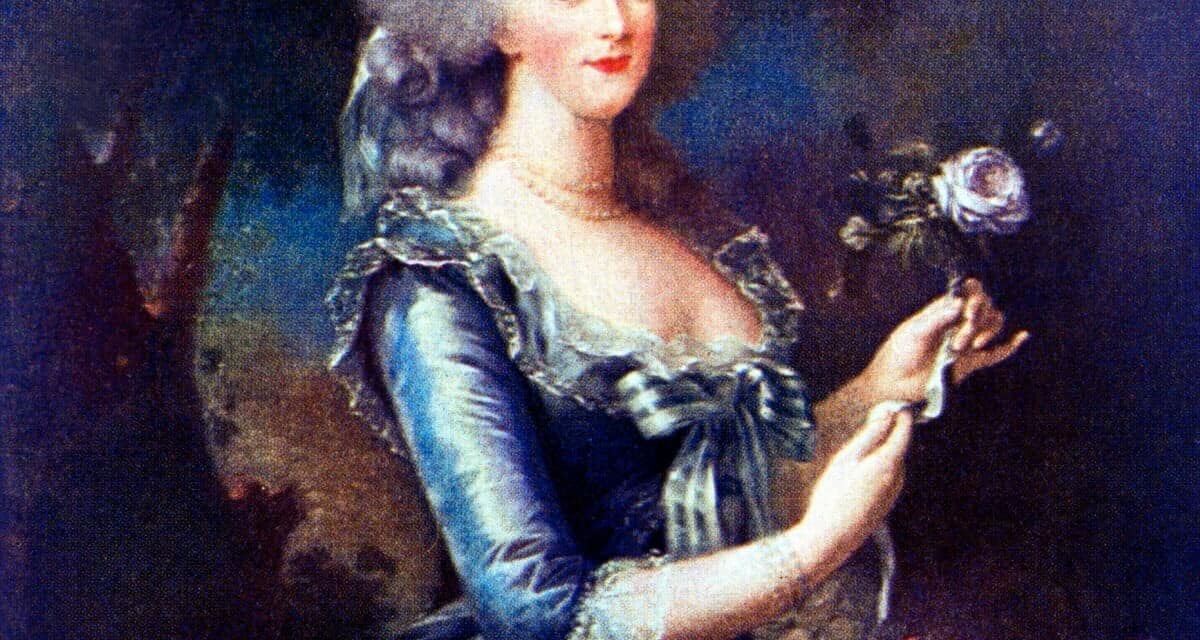Marie Antoinette was long rumored to have been in love with a Swedish nobleman, who might have fathered at least one of her children. When modern technology was used to examine some of the correspondence between the queen and the aristocrat, it supported what until then had been mere gossip. Below are thirty things about that and other historic love affairs, marriages, and romantic entanglements.

30. The Young Marie Antoinette and the Handsome Swede
Count Hans Axel von Fersen (1755 – 1810) went on a grand tour of Europe in his teens, and in 1774 he arrived in France. The count, who was two months older than Marie Antoinette, met the future queen at a ball when they were both nineteen years old and she was the Dauphine, or French Crown Princess. They both liked what they saw. For the Dauphine, the contrast between the dashing young man and her schlub of a husband, the future Louis XVI, must have been stark. A few years later in 1778, von Fersen was back in France, and Marie Antoinette, who by then was queen, had not forgotten the handsome Swede.
She often inquired about von Fersen and chided him when he missed some of her parties, informal affairs held in her private chateau on the grounds of Versailles, the Petit Trianon. In his diary entry for November 19th, 1778, the count wrote: “The queen treats me with great kindness; I often pay her my court at her card games, and each time she makes to me little speeches that are full of good-will. As someone had told her of my Swedish uniform, she expressed a wish to see me in it; I am to go Thursday thus dressed, not to Court, but to the queen’s apartments. She is the most amiable princess that I know“.

